The Giants That Built an Empire
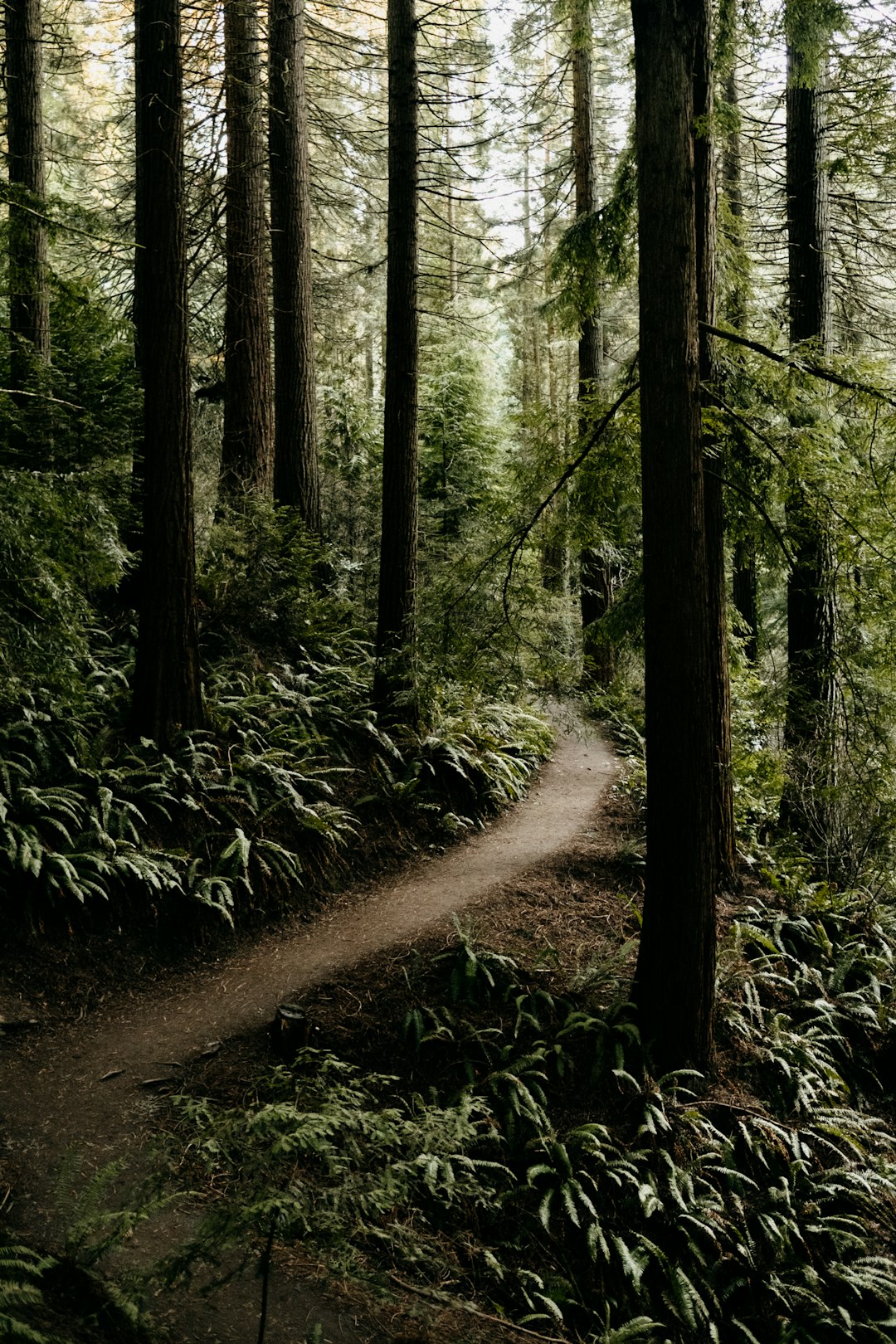
Oregon’s forests have been feeding America’s hunger for lumber for over a century, with towering Douglas firs and ancient cedars literally building the nation’s homes. Oregon’s softwood lumber output of about 5.1 billion board feet in 2024 accounted for about 14% of total U.S. production, while Oregon plywood mills accounted for about 28% of total U.S. plywood production in 2023. The state’s timber industry has been a cornerstone of rural communities, creating jobs and sustaining families across countless small towns. In 2023, the average annual wage for Oregon forest sector jobs was $71,900. But this economic powerhouse came at a cost that’s now impossible to ignore.
The sheer scale of Oregon’s timber dominance is staggering. About 72% of the total state harvest comes from private timberlands. This massive private control over forestland has shaped both the landscape and the politics of conservation in ways that continue to reverberate today.
When the Chainsaws Went Silent
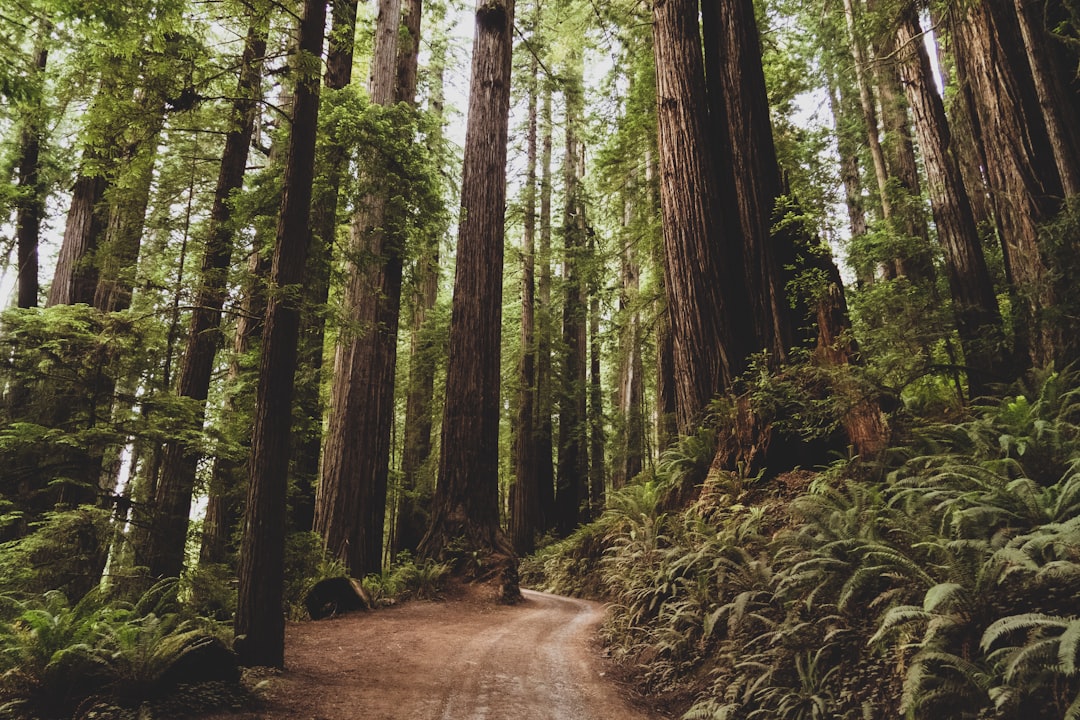
Everything changed in 1994 when the Northwest Forest Plan arrived like a thunderbolt through the timber industry. In the 1980s and ’90s, loggers and environmentalists clashed over the Pacific Northwest’s ancient trees in what is sometimes called the “timber wars.” Those conflicts culminated in the Clinton administration ushering in the Northwest Forest Plan in 1994, a sweeping series of forest policies that would change the trajectory of federal forestlands in the Pacific Northwest. The idea was to protect endangered species — particularly the northern spotted owl, an enigmatic creature whose habitat dictated which lands the plan covered. The plan essentially slammed the brakes on decades of intensive logging practices that had been stripping away the region’s ancient forests.
Between 1989 and 1995, timber harvest on federal lands dropped about 90 percent, caused mainly by environmental litigation, listing of the northern spotted owl and a number of fish as threatened species, and related changes in federal management emphasis. Rural communities watched their economic foundation crumble almost overnight. However, since the implementation of the Northwest Forest Plan in 1994, timber harvesting in federal forests has decreased significantly, leaving many people without jobs and the communities without the amount of monetary support necessary for essential services such as public safety.
The Price of Progress
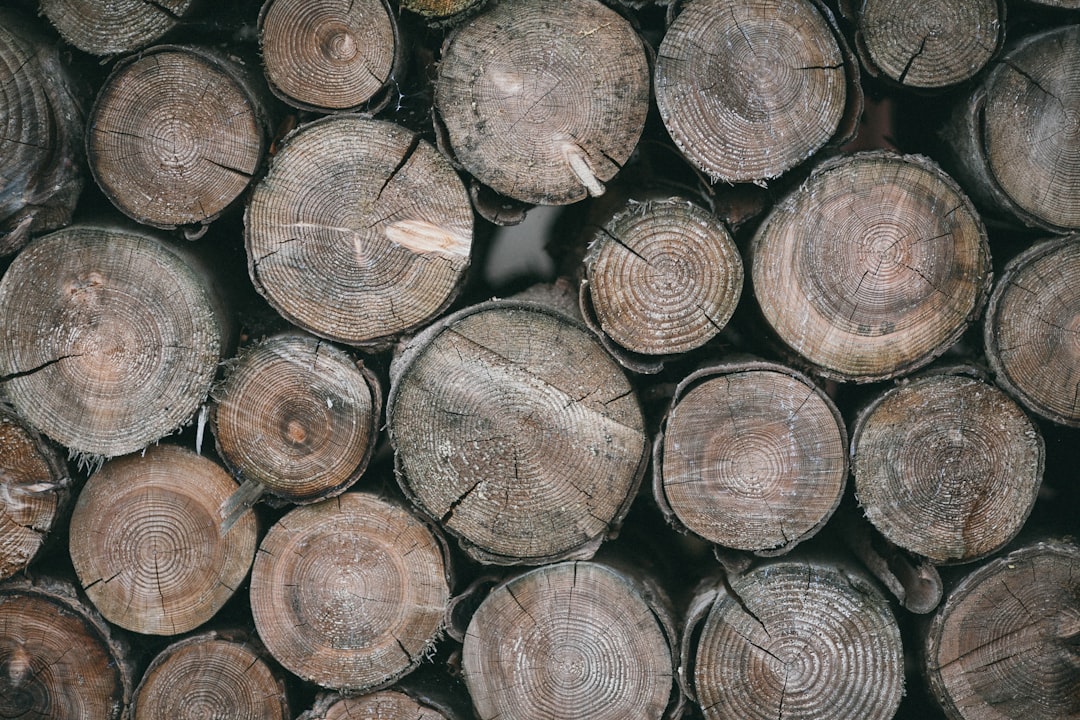
The timber industry’s transformation didn’t happen in isolation—it cost counties billions in lost revenue. A data investigation by OPB, The Oregonian/OregonLive and ProPublica found that timber tax cuts have cost counties at least $3 billion in the past three decades. These financial shortfalls gutted local services and forced communities to find new ways to fund schools, roads, and emergency services. The ripple effects spread far beyond the logging camps, affecting teachers, firefighters, and countless other public servants who depended on timber revenue.
Yet the industry found ways to adapt and survive. Meanwhile, harvests from private forestland have remained relatively stable, except during the Great Recession (2007-09), when the collapse of the housing market caused a severe contraction in the U.S. demand for lumber. By 2013, the harvest had rebounded to 4.2 billion board feet, roughly pre-recession levels. Private timber companies proved remarkably resilient, adjusting their practices while maintaining production levels.
A Small Bird’s Enormous Impact
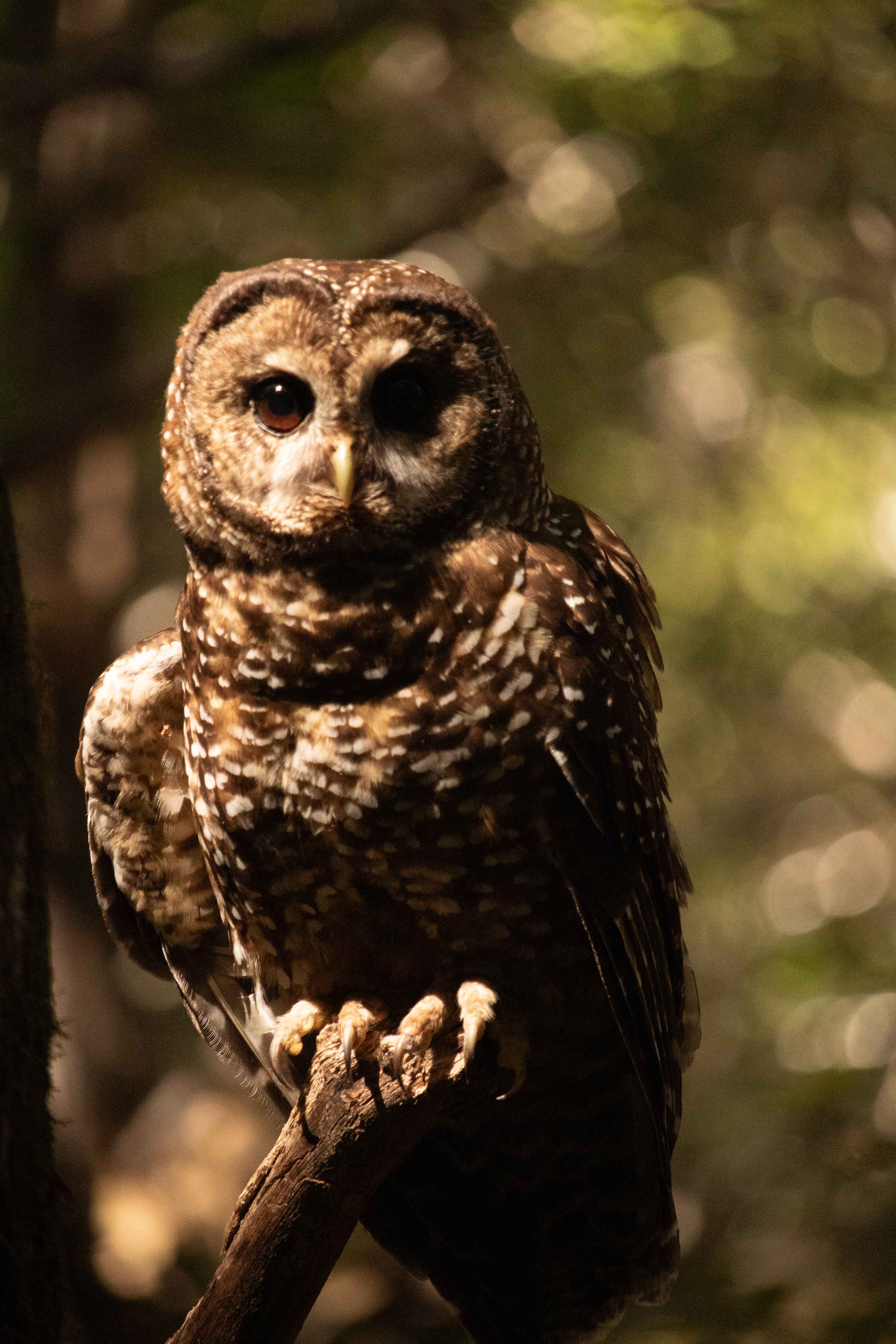
No creature has shaped Oregon’s environmental destiny quite like the northern spotted owl. The Northern Spotted Owl was listed as “threatened” under the Endangered Species Act in 1990 due to over-harvesting of old growth habitat, and lack of regulations to stop the decline. This unassuming bird became the unlikely symbol of an entire ecosystem’s struggle for survival. Fewer than 2,000 spotted owl pairs survive in Oregon, despite logging restrictions and decades of efforts to protect the species. The owl’s plight forced Americans to confront uncomfortable questions about what they were willing to sacrifice for economic gain.
Based on a recent analysis, NSO populations in study areas throughout their range declined by 35% to more than 80% over the past two decades. These numbers represent more than statistics—they’re a stark reminder that decades of protection haven’t been enough to save this iconic species from sliding toward extinction.
The Wildfire Reckoning
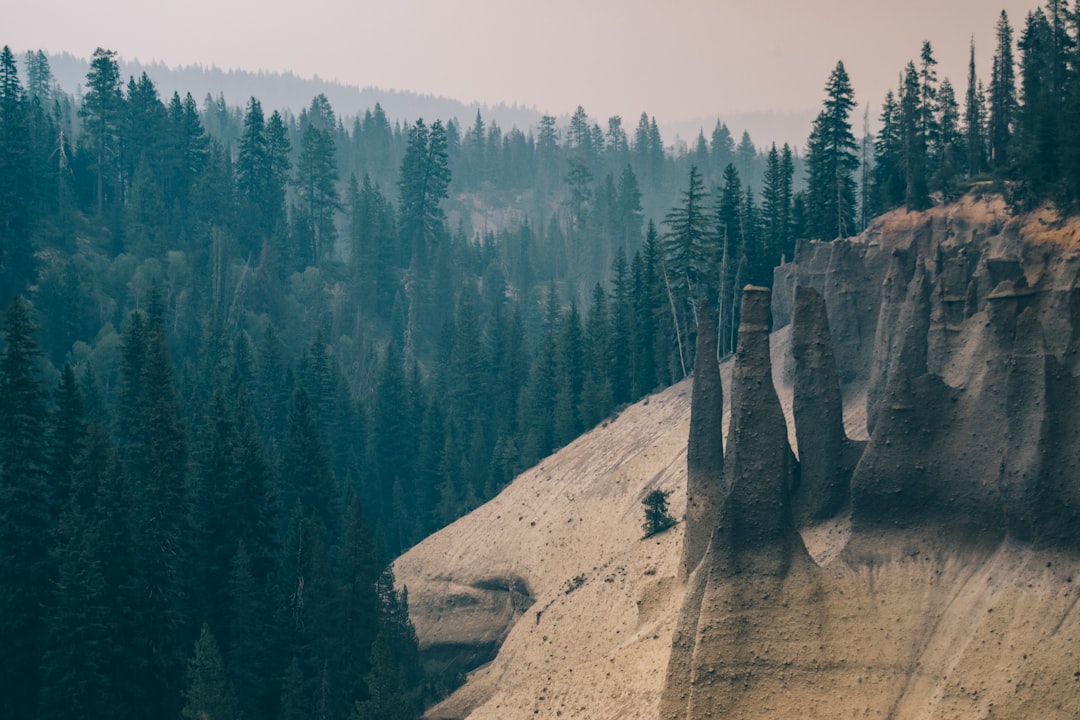
As climate change intensifies, Oregon’s forests face new threats that dwarf even the timber wars of the past. As the number of acres burned each fire season in Oregon has gone up, so have the costs of fighting those fires. In 2024, the Oregon Department of Forestry’s (ODF) gross costs for fighting large fires were about $318 million, far exceeding the agency’s 10-year average (2014-2023) gross annual costs for fighting large fires of around $76 million. These fires aren’t just natural disasters—they’re reshaping the very landscape that timber companies and conservationists have fought over for generations.
ODF’s net costs for fighting large fires also went up to $132 million in 2024, well above the 10-year average for net costs of about $34 million. The state is essentially hemorrhaging money just to keep its forests from burning to the ground. Wildfires went from natural phenomena to catastrophic disasters, and tree-killing pests have ravaged forests, destroying spotted owl habitat. The very forests that were once the backbone of Oregon’s economy are now becoming liabilities that threaten entire communities.
An Unlikely Invader

Just when conservationists thought they had identified the main threats to Oregon’s forests, nature threw them a curveball. Barred owls, which are bigger and more aggressive than spotted owls, can out-compete the smaller native birds for prey and nesting spots. They’re one of the biggest threats to efforts to help spotted owl populations recover, alongside forest habitat loss. These eastern invaders have spread across the continent, bringing a new kind of ecological chaos to the Pacific Northwest.
Then the invasive barred owl starting eating into spotted owls’ territory and competing for food. Based on the most recent monitoring findings, barred owls are a primary factor that negatively affects NSO demographic traits and population trends. The irony is brutal—after decades of restricting logging to protect spotted owls, the species now faces extinction from a completely different threat that no amount of forest protection can stop.
The Controversial Solution
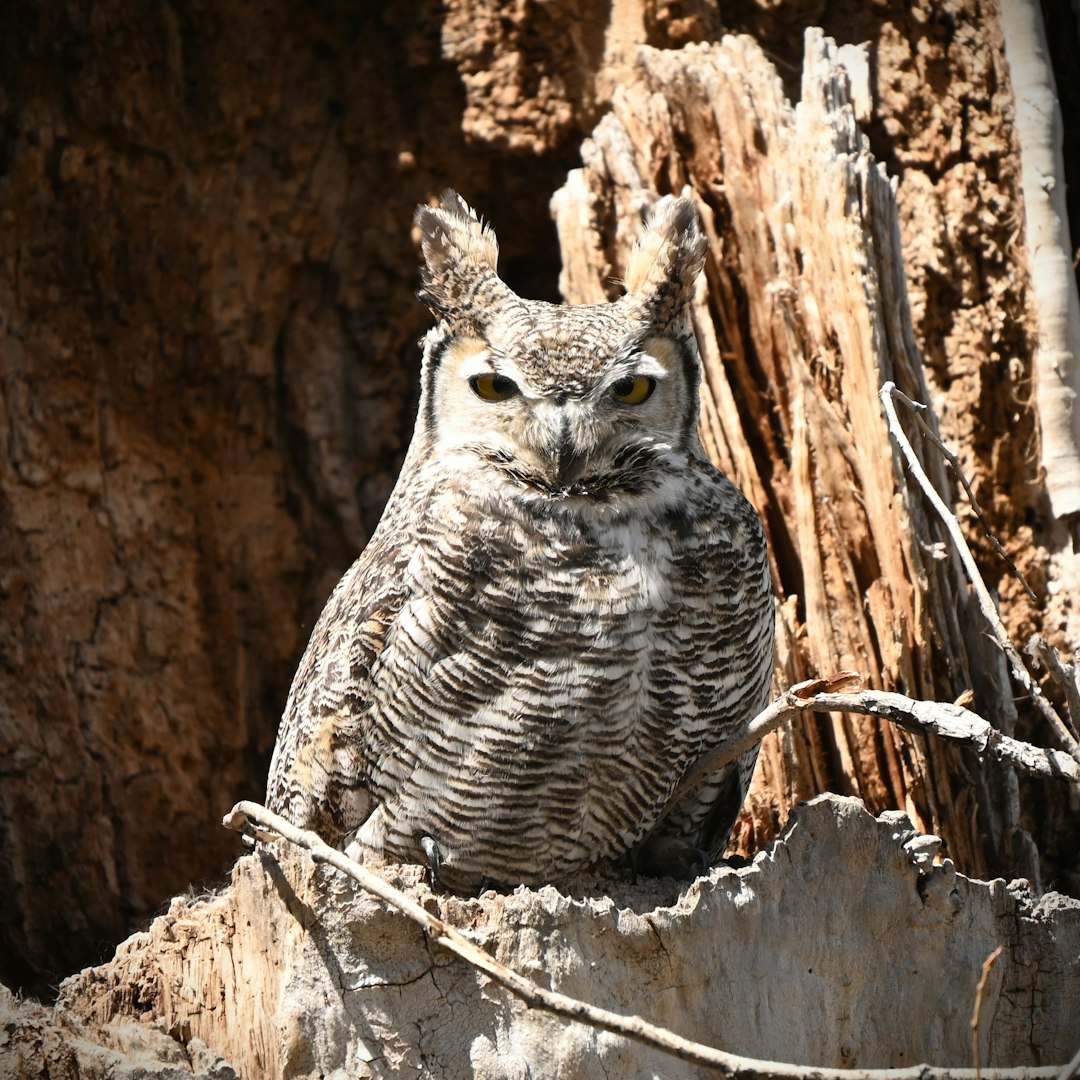
Federal wildlife officials have proposed a solution that sounds like something from a dystopian novel: systematically killing hundreds of thousands of barred owls. Two years ago, the U.S. Fish and Wildlife Service announced a plan to shoot and kill an estimated 400,000 invasive barred owls, which some advocates say could cost roughly $1.35 billion over the next three decades. The plan has sparked fierce debate across political lines, with critics calling it both cruel and financially irresponsible.
Oregon state Rep. David Gomberg, D-Otis, said in a statement: “This simply isn’t a sound strategy — fiscally or ecologically. As a staunch animal welfare advocate and a believer in evidence-based policy, I cannot support a plan that calls on taxpayers to front $45 million a year to cull a protected species.” Megan Nagel, a Fish and Wildlife Service spokesperson, said that spring of 2025 is the earliest that barred owl removals are likely to begin and emphasized the program would ramp up over time.
The New Forest Plan Battle

Oregon’s forests are about to face another seismic shift as federal officials work to rewrite the rules that have governed them for three decades. The U.S. Forest Service is now proposing amendments to the Northwest Forest Plan that could significantly reduce protections for mature and old-growth forests. In November 2024, the agency released a Draft Environmental Impact Statement (DEIS) outlining these changes, including four alternatives. The stakes couldn’t be higher—these changes will determine the fate of millions of acres of public land for generations to come.
Key proposals in the Forest Service’s preferred action include: Allowing logging in “Late Successional Reserves” (LSRs) that are up to 120 years old (the current Northwest Forest Plan protects forests in LSRs from logging that are 80 years old or older). This would open up 824,000 acres to logging—the equivalent of nearly eight Mt. Jefferson Wilderness areas. The committee would have less than a year to come up with recommendations. Many members say that’s not enough time.
Private Forests Under Pressure
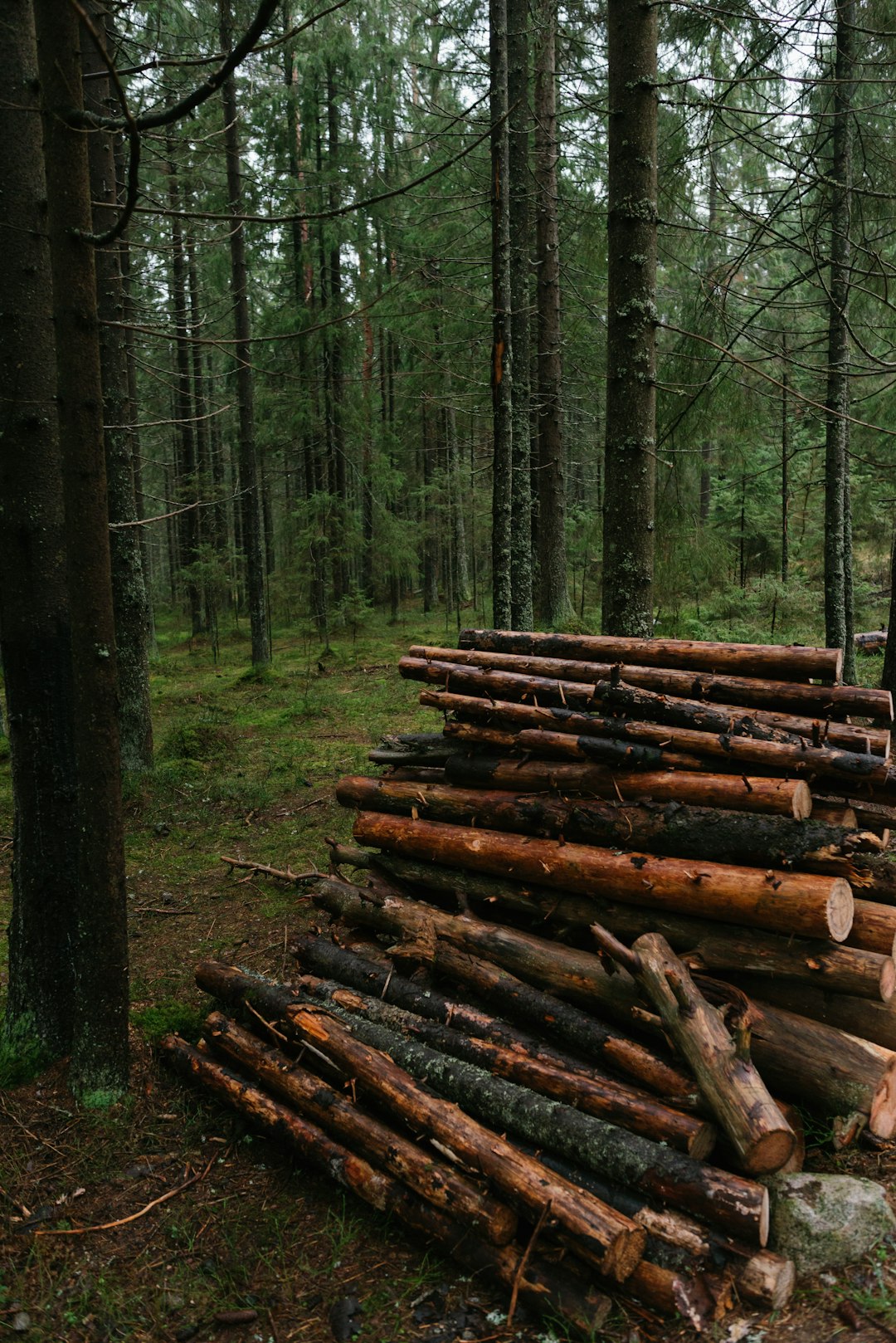
While federal forests grab headlines, Oregon’s private timberlands continue operating under a different set of rules that many environmentalists find deeply troubling. Nearly one-half of Oregon’s forests are privately owned and primarily managed for timber production. While historically left as sacrifice zones, forest management on these lands has a huge impact on watersheds and wildlife. These private lands produce the bulk of Oregon’s timber harvest, yet they operate with far fewer environmental restrictions than their public counterparts.
In 2024, about 5 million acres, or 46%, of the private forestland in Oregon was certified. Certification programs offer some hope for more sustainable practices, but they’re entirely voluntary. We’re fighting to reform state laws and policy so they work better for watersheds, wildlife, and neighboring rural communities.
Climate Change and Carbon Storage

Oregon’s forests have become unexpected warriors in the fight against climate change, storing massive amounts of carbon that could help stabilize the planet’s atmosphere. Oregon Wild advocated for passage of one of the country’s first natural climate solutions bills as part of Oregon’s 2023 Climate Resilience Package (HB 3409). The Natural Climate Solutions Act was signed into law August 1, 2023. The state is pioneering new approaches that recognize forests not just as sources of timber, but as critical infrastructure for climate stability.
Older trees and forests store and sequester tremendous amounts of carbon. On the scale of an individual tree, research increasingly indicates that the rate of carbon accumulation will continue to rise as the tree grows older and larger. This scientific understanding is reshaping how policymakers think about forest management, potentially tilting the balance toward conservation over extraction.
The Path Forward
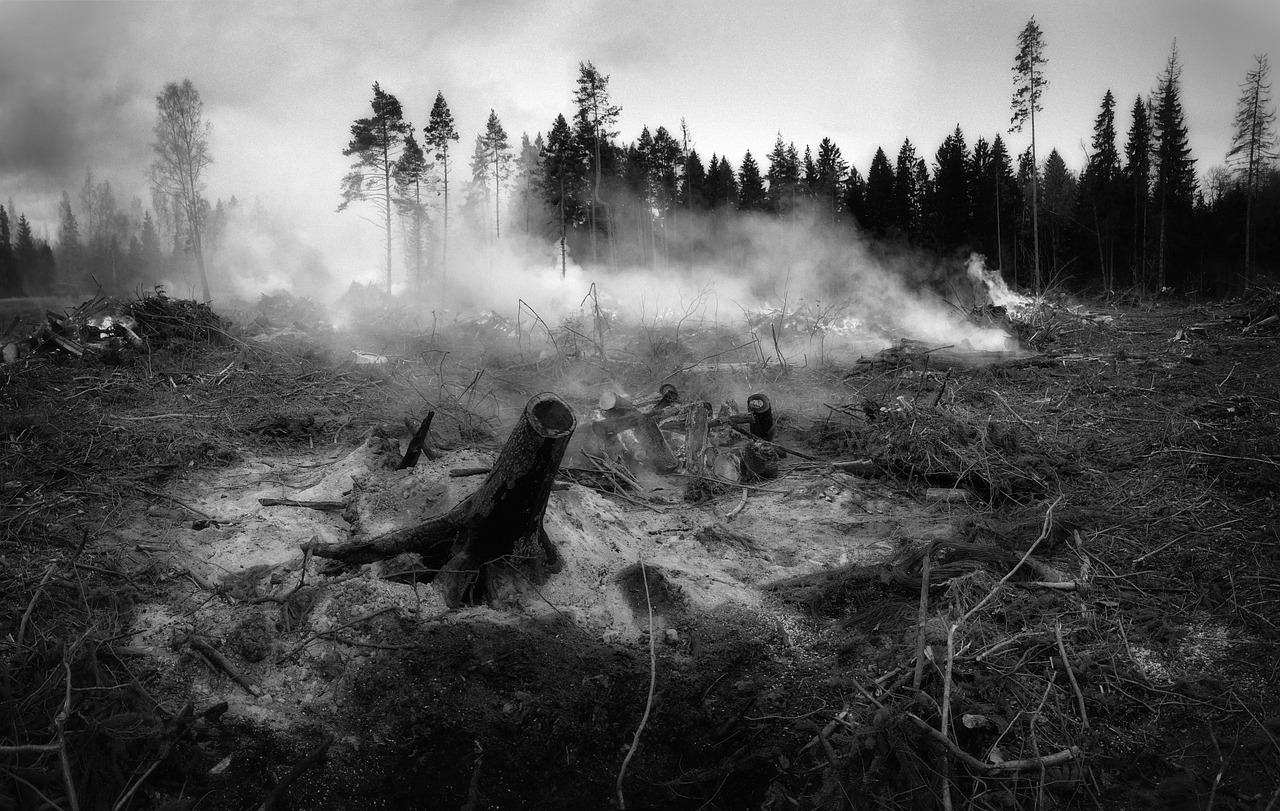
Oregon’s forests stand at a crossroads where economic necessity collides with environmental urgency. To help address the challenge of worsening fire seasons and the rising costs of fire suppression in Oregon, ODF is leading a 20-Year Landscape Resiliency Strategy to improve forests and rangelands to reduce wildfire risk. ODF developed the plan with private, local, state and federal partners to target about 13 million high-risk acres. The state is betting that collaboration between former enemies might be the key to saving what remains of its forest heritage.
Together, we advocate for a science-based roadmap, fostering healthier forests and resilient communities in the face of climate change and outdated management practices. Join us in creating a sustainable future for Southern Oregon, where collaboration paves the way to a thriving environment. Whether this new spirit of cooperation can overcome decades of mistrust and conflicting interests remains to be seen, but the alternative—watching Oregon’s forests burn or disappear—is too terrible to contemplate.
A Legacy in the Balance

Oregon’s timber legacy represents both triumph and tragedy—the triumph of human ingenuity in harvesting nature’s bounty, and the tragedy of what was lost in the process. With northern spotted owl population numbers in precipitous decline, the timber industry seeks to remove protections from a full third — 3.5 million acres — of the species’ critical habitat. This is a choice by the industry to drive the northern spotted owl to extinction for private profit, antithetical to the American values of conservation embodied in our laws. The decisions made in the next few years will determine whether future generations inherit thriving forests or empty landscapes marked only by stumps and memories.
The stakes have never been higher, and the clock is ticking. As barred owls continue their westward expansion and climate change accelerates, Oregon’s forests face pressures that previous generations could never have imagined. The question isn’t whether change is coming—it’s whether that change will preserve what makes Oregon’s forests special, or sweep away the last remnants of an ancient world that once seemed inexhaustible.





